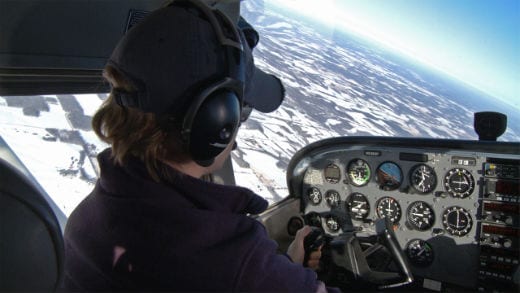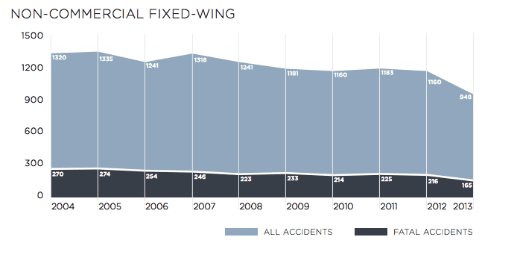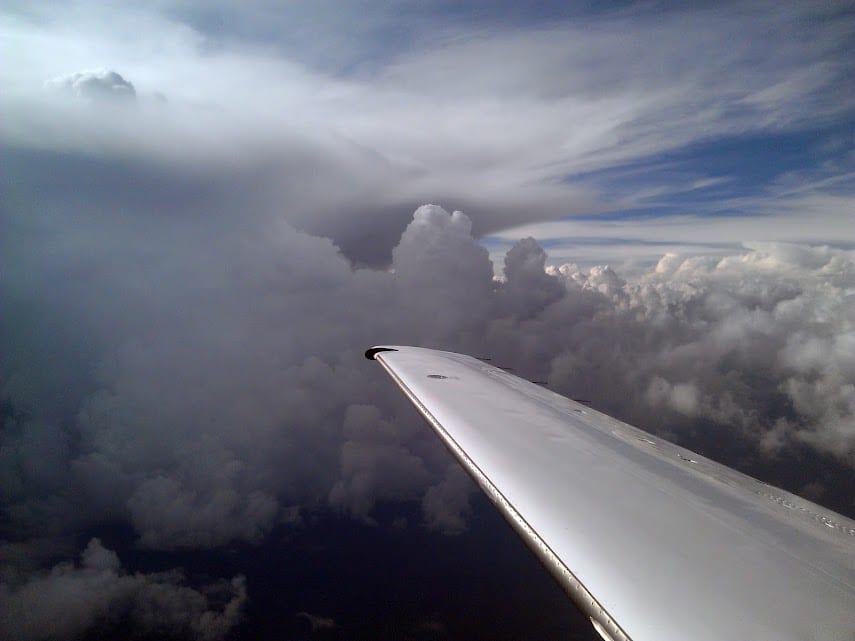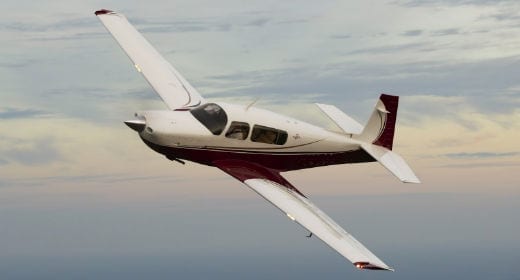
If you lose control, it’ll ruin your whole day
Dick's blogLoss of control has been the number one cause of fatal private aviation accidents since the beginning of flying time. The phenomenon is actually one of the things that prompted my father to start Air Facts in 1938 and we have been talking about it here since that beginning. Rather than rehash all the information that has been cranked out by the government and the associations, let’s just have a discussion of the problem and how to avoid it.

Crashes: then and now
Dick's blogIn a recent post I bemoaned the fact that the fatal accident rate for private flying had gone up to 1.40 per 100,000 hours after remaining level in the 1.20 range for almost 20 years. Guess what it was when Air Facts started in 1938? Would you believe 16.6, or, a fatal accident about every 6,000 hours.

Safety crisis – what’s going on?
Dick's blogThe airlines have been able to parlay advances in technology and training to their near-perfect safety record. We have available every bit (and possibly more) in the way of high-tech stuff and yet the safety record doesn’t improve and has now apparently gotten worse. There is no question that something is badly out of place.

Pilot error or fumble?
Dick's blogIt has long been standard to use the term “pilot error,” as in 86-percent of fatal GA accidents are caused by pilot error. But that it were so simple. To me it really starts with a pilot fumble. The ball is dropped, but the option is still there to recover. The error comes when the pilot fails to recover.

Smoke and flames report – is the GA safety picture changing?
Dick's blogThe fatal accident rate has been pretty stable in recent years at just over one per 100,000 flying hours. Nobody will argue that this rate is acceptable. It is not, it is terrible, but it is what we get from our pilot population and the only way to change it would be to alter the behavior of pilots and that’s not going to happen.

Flying with no “out” – between a rock and a hard place
Dick's blogI know that there are purists who will sanctimoniously say that there is no excuse for ever flying without options or an “out.” Realistically that is not possible if we use our airplanes to fly where we want to fly when we want to fly.

Suicide by airplane: a dark subject indeed
Dick's blogInevitably, the tragedy of the airline pilot killing himself, the rest of the crew, and the passengers, prompted articles in the general media about suicides using private aircraft. There is actually no similarity because one is a murder/suicide, which usually has a motive, and the other is a matter of a person taking his own life. Still, the question was raised and to be honest I wasn’t too sure I wanted to explore this dark subject.

The three keys to flying safely
Dick's blogIn this important new article, Richard Collins sums up over 50 years of aviation safety writing with three key concepts - "the things that a pilot really needs to know to stay alive." It turns out safe flying has a lot more to do with mindset than fancy maneuvers.

Is “hard IFR” a myth? 5 things to keep it from being that way
Dick's blogI never knew what people really meant when they talked about flying “hard” IFR. The implication is that there is also “easy” IFR but nobody seemed to know the exact difference between the two. The most logical thing we can do is examine things we can do to keep instrument flying from becoming “hard” IFR.

Is coordinating the use of gizmos to control stick, rudder, pitch and power really flying?
Dick's blogBefore you accuse me of throwing gasoline on a fire, I’ll say up front that is exactly what I am doing. The airplane, it seems, has become almost secondary. It is this that has sparked the debate. Is the tail wagging the dog?

What it takes to be one sharp pilot, part two: intelligence
Dick's blogWhen contemplating a smoking hole made by an airplane, “That was a dumb mistake” is a frequent pronouncement. I think that is misleading because I am not aware of any smart mistakes, especially in airplanes. It just takes a relatively high level of native (as opposed to educated on things other than flying) intelligence to perform well as a pilot.

What it takes to be one sharp pilot – start with awareness
Dick's blogHere is a list of the things that I think define a sharp pilot. This is based on well over 50 years of studying general aviation accidents, the theory being that sharp pilots don’t crash. I put "aware" first.

Phenom jet v. house – everyone loses in terrible tragedy
Dick's blogA Phenom 100 light jet, flown single-pilot by its owner, a physician and businessman, crashed into three houses when on final approach to runway 14 at Montgomery County Airpark. That this is a PR disaster for general aviation and for that airport is an understatement. It would be hard to think of anything more tragic.

Wind shear: a danger vanquished, or, one waiting in the wings?
Dick's blogWind can and does affect the airspeed of an airplane in flight, drastically in some situations. Many pilots didn’t, and some still don’t, think that wind can be a big factor in this regard. A steady wind can’t, but wind that changes in direction or velocity over altitude or distance can have a profound effect on airspeed.

Father’s Flying Day
Dick's blogFlying with my father meant that airplanes were part of my life from the very beginning. I have seen the highs and the lows as well as all in between and I have enjoyed every minute of it. Someone asked me if I grew up around airplanes. I said, no, I grew up with airplanes.

76-year crash course: is only the good news fit to print?
Dick's blogIf talking about safety is an aeronautical sin, meet the two biggest perps, my father, Leighton Collins, and myself. Guilty as charged since February, 1938, when AIR FACTS started.

Searching… for a lost airliner and others
Dick's blogI don’t think that I believed I would ever see a search as long, expensive, and detailed as the one for the Malaysian 777. I did, though, in my time in the business, have some interesting experiences related to searching for lost airplanes.

A double tragedy: Colgan Air Flight 3407
Dick's blogThe crash of a DHC-8-400 (Q400) on approach to Buffalo, N. Y. brought on the all-time most egregious case of smoke and flames rulemaking by the FAA. It was dictated by Congress, it makes no sense, and it will have a lasting deleterious effect on air service to smaller cities and on airline flying as a profession.

Malaysia 370 is not the first: Flying Tigers 739 was
Dick's blogWe have been inundated by speculation on the missing Malaysian 777 but nowhere have I seen the event connected to another eerily similar event from over 50 years ago, on March 14, 1962 to be precise.

What’s wrong with Mooney pilots?
Dick's blogI have found that the safety record of an airplane relates more to who flies it and what they try to do with it than anything else. Maybe the pilot is 90 percent of the equation and the airplane ten. When thinking of it in this way, the Mooney 20 series is by far the most diverse airplane in the fleet.
